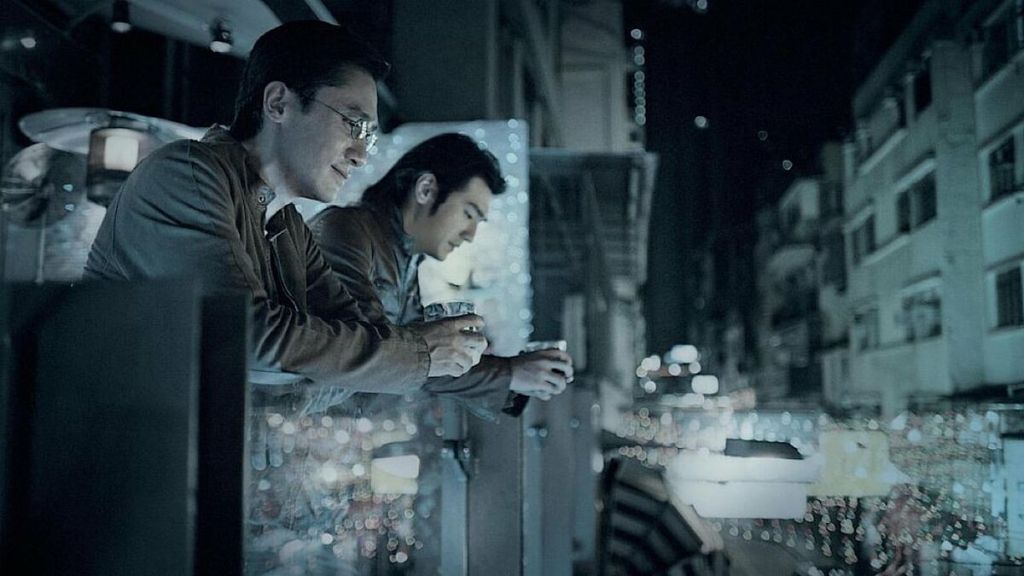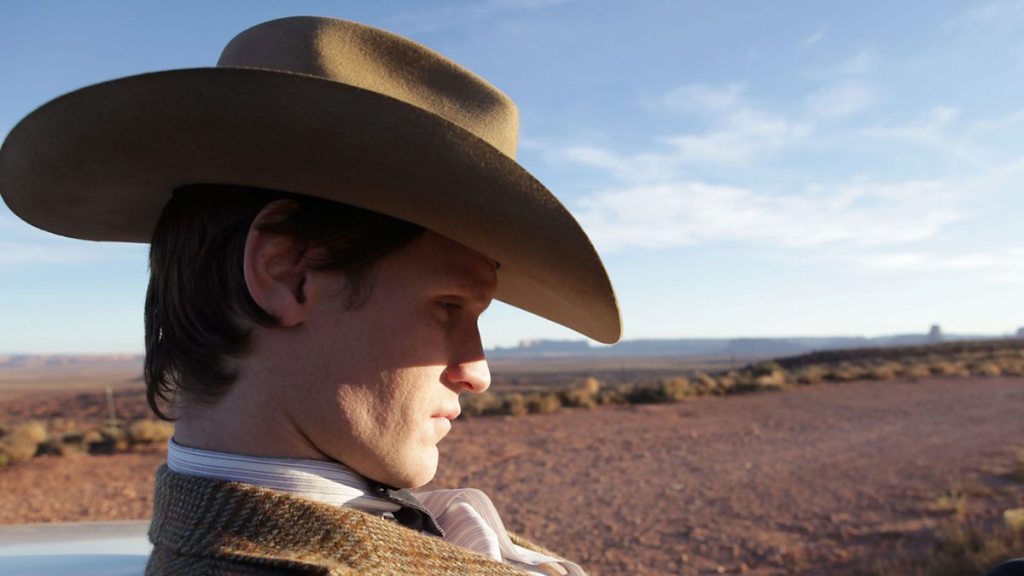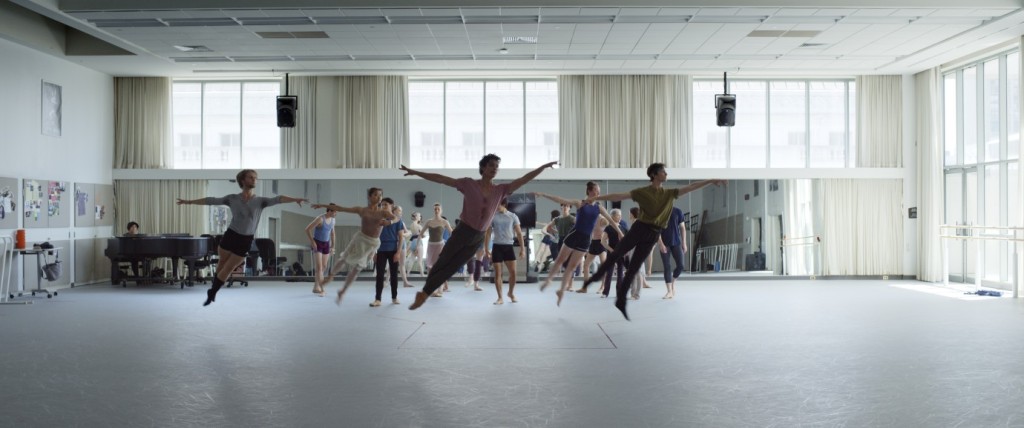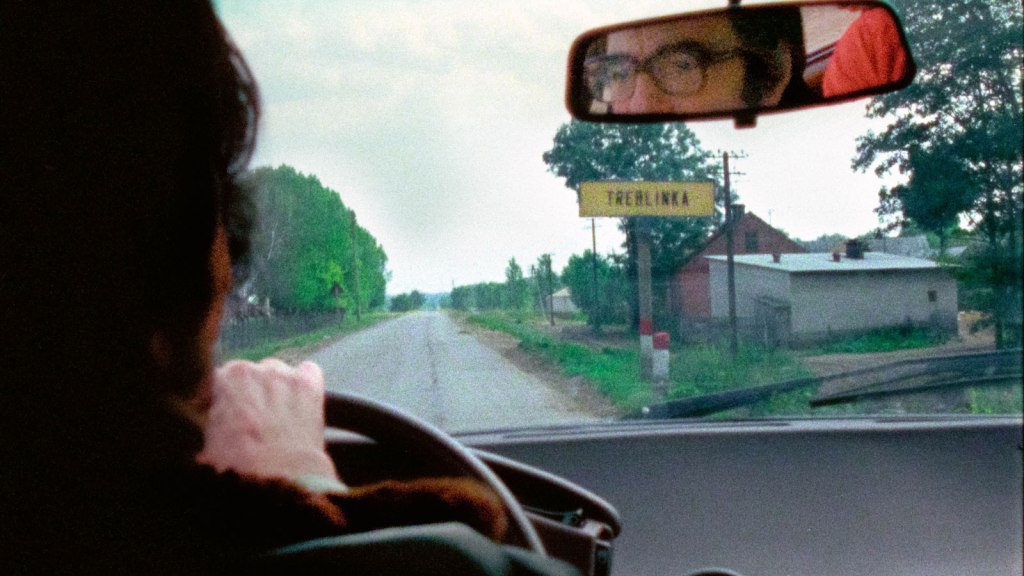In 2012 the Taiwanese filmmaker Tsai Ming-liang contributed to a short film project with Walker, a 27-minute presentation of a Buddhist monk (played by Lee Kang-sheng) walking very slowly through Hong Kong. It was a film essentially without plot, and seemingly without purpose. Left with little to do other than wait, the viewer was able to slip into a zen-like contemplative state while the monk went about his day. One would wind up looking at the passers-by caught by Tsai’s camera, or the architecture of the street, or literally anything that would pass the time during the monk’s deliberately interminable journey. It sounds ridiculous in concept, not to mention wildly masturbatory, but in the viewing there really was an underlying sense of forcing oneself into patience and having an oddly satisfying experience as a result.
Making Walker clearly had an effect on Tsai, because in the 12 years since he has made another nine films. Each features Lee as the slow-walking monk, and while the locations change from city to city his personal journey seemingly never ends. There’s a thematic meaning there, although I am certain Tsai’s fans understood it by the third Walker at the very latest. This latest iteration, Abiding Nowhere, was commissioned by the Smithsonian’s National Museum of Asian Art to celebrate its centennial. Correspondingly, Lee’s tireless monk walks around Washington D.C. – now less of an artistic journey and more the equivalent of a Benneton advertisement. This is arthouse for hire: the message remains the same, but this is a walk that the Smithsonian has purposefully bought for its own self-celebration.
See one Walker instalment and you have seen them all, I guess, but it is worth recommending this latest one if it is to be your first. The effect is genuinely remarkable if you have yet to feel it, and at 79 minutes you will feel it a lot. Abiding Nowhere also includes brief scenes of Tsai’s production assistant Anong Houngheangsy visiting some of the same locations, and even sitting down to eat a saucepan of noodles. As always, it is well framed and makes good use of visually interesting locations and colour.
For the rest of us, and – let’s be fair – for a large number of new viewers too, Abiding Nowhere would be better served screened in an art gallery like many other video and film-based experimental works. Allowing the viewer to enter and leave the space as they desire, and to experience as much or as little of Tsai’s surreal world as they want, would make it an awful lot more digestible for everyone. This is pretentious stuff for sure, and there is more than a whiff of the Emperor’s New Clothes about arthouse audiences faithfully turning up 10 times in 12 years to watch Lee walk, but there is also something of tremendous cultural worth here. It is art, but it is art that belongs in a gallery and not a theatre.
Abiding Nowhere is screening at the 2024 Melbourne International Film Festival. For more information, click here.





Leave a comment